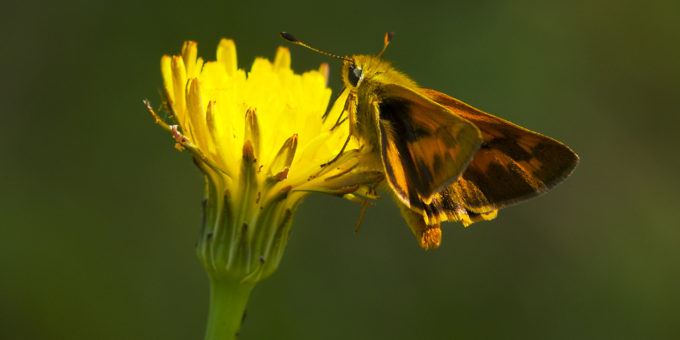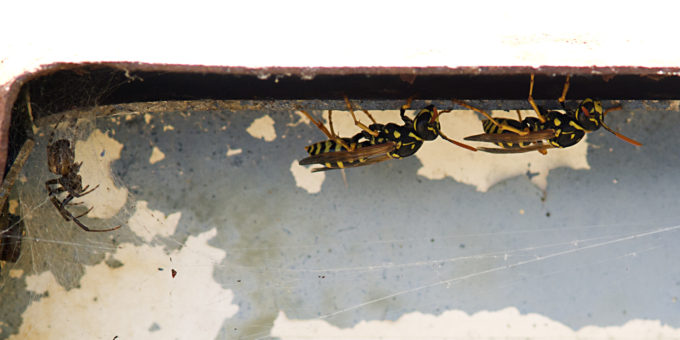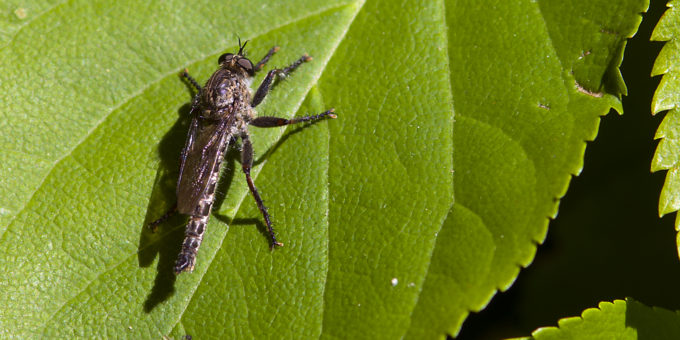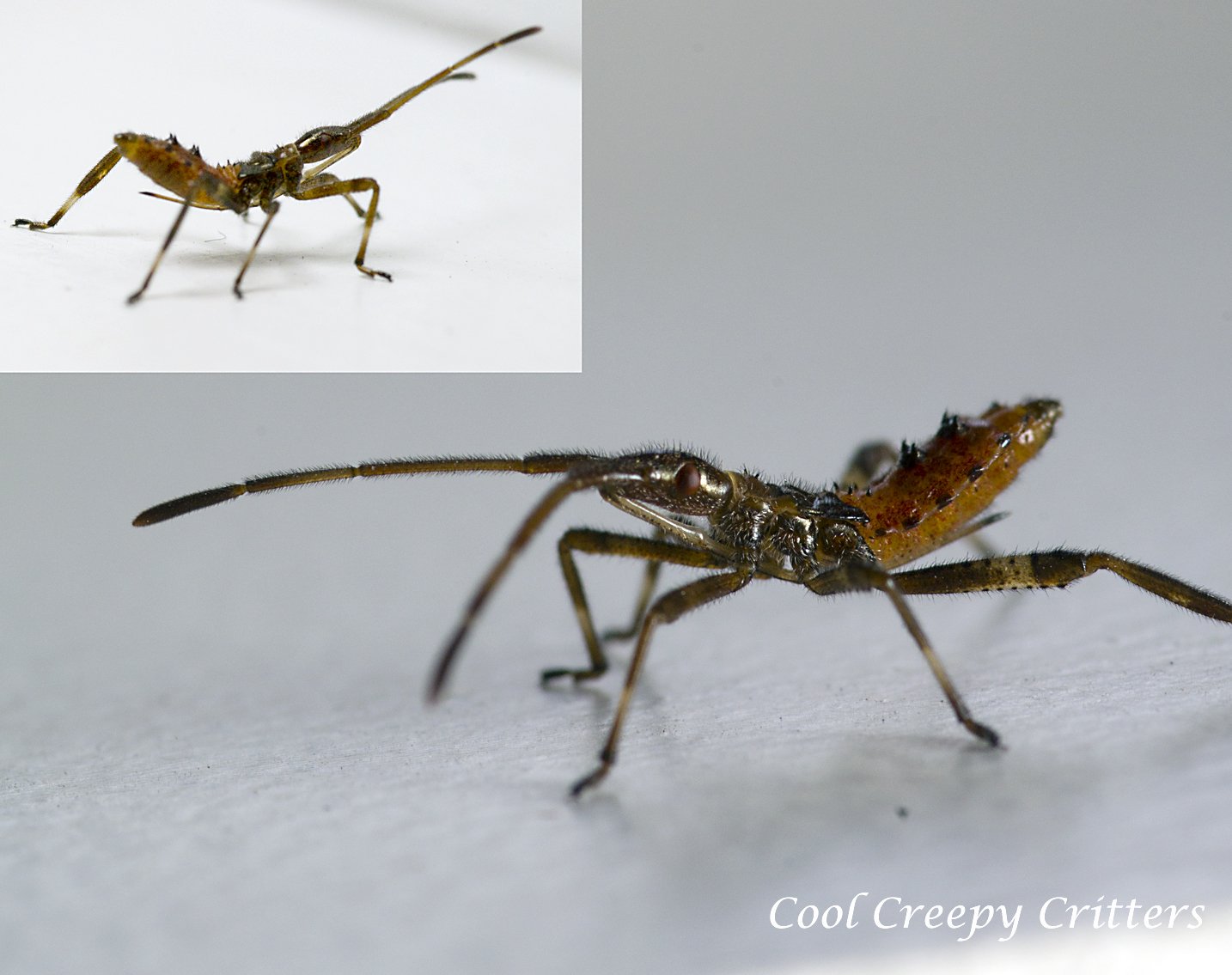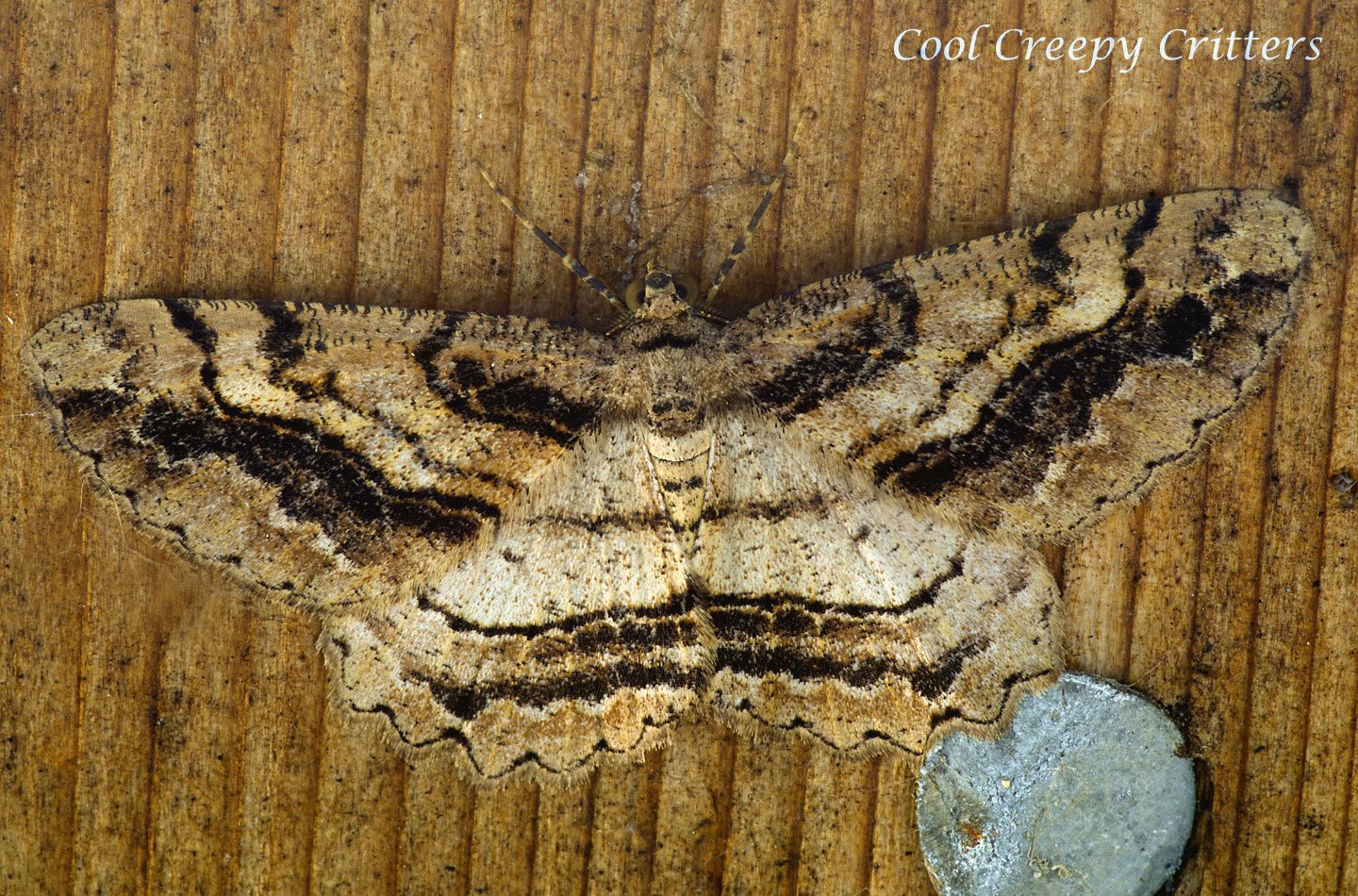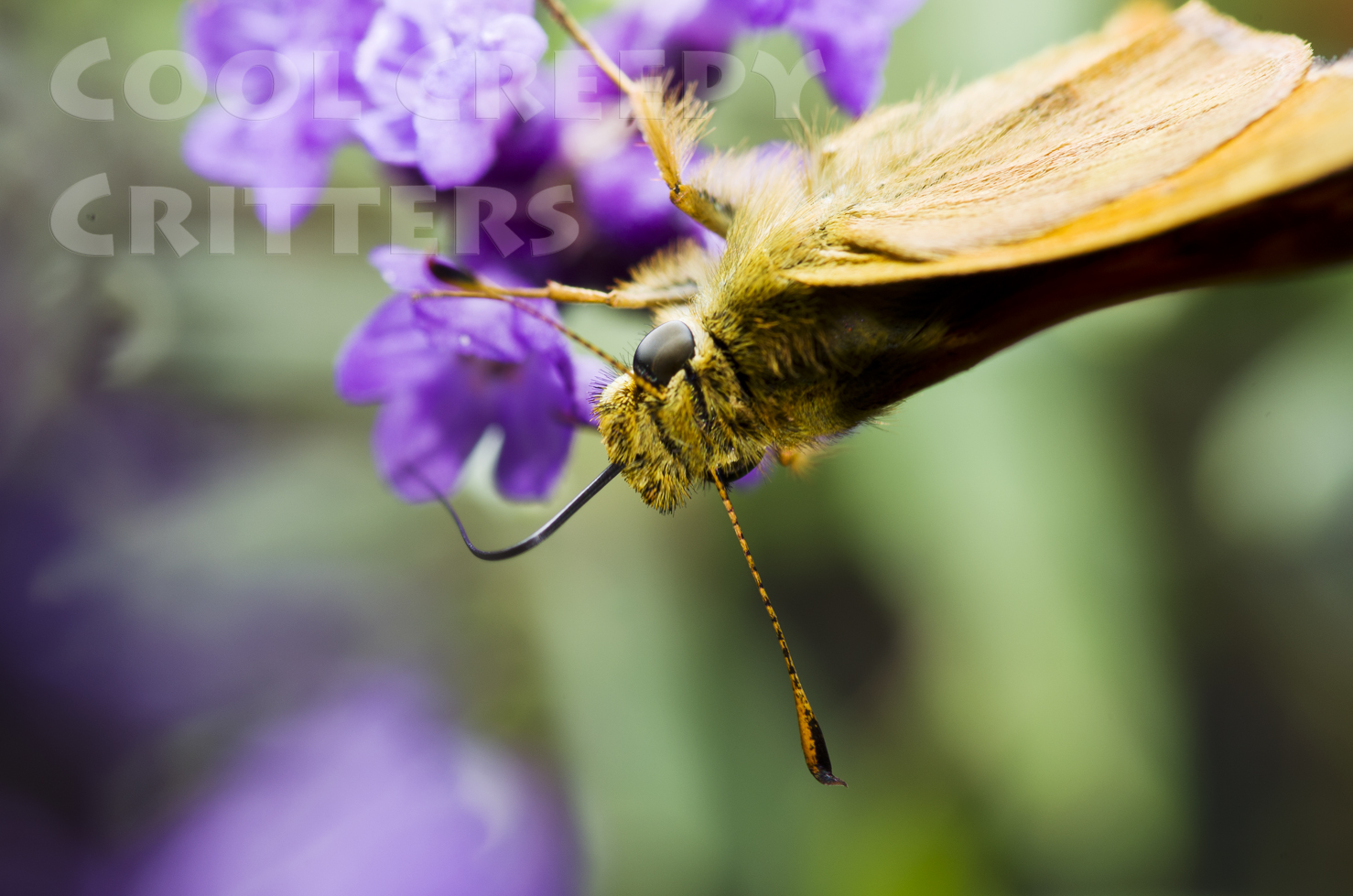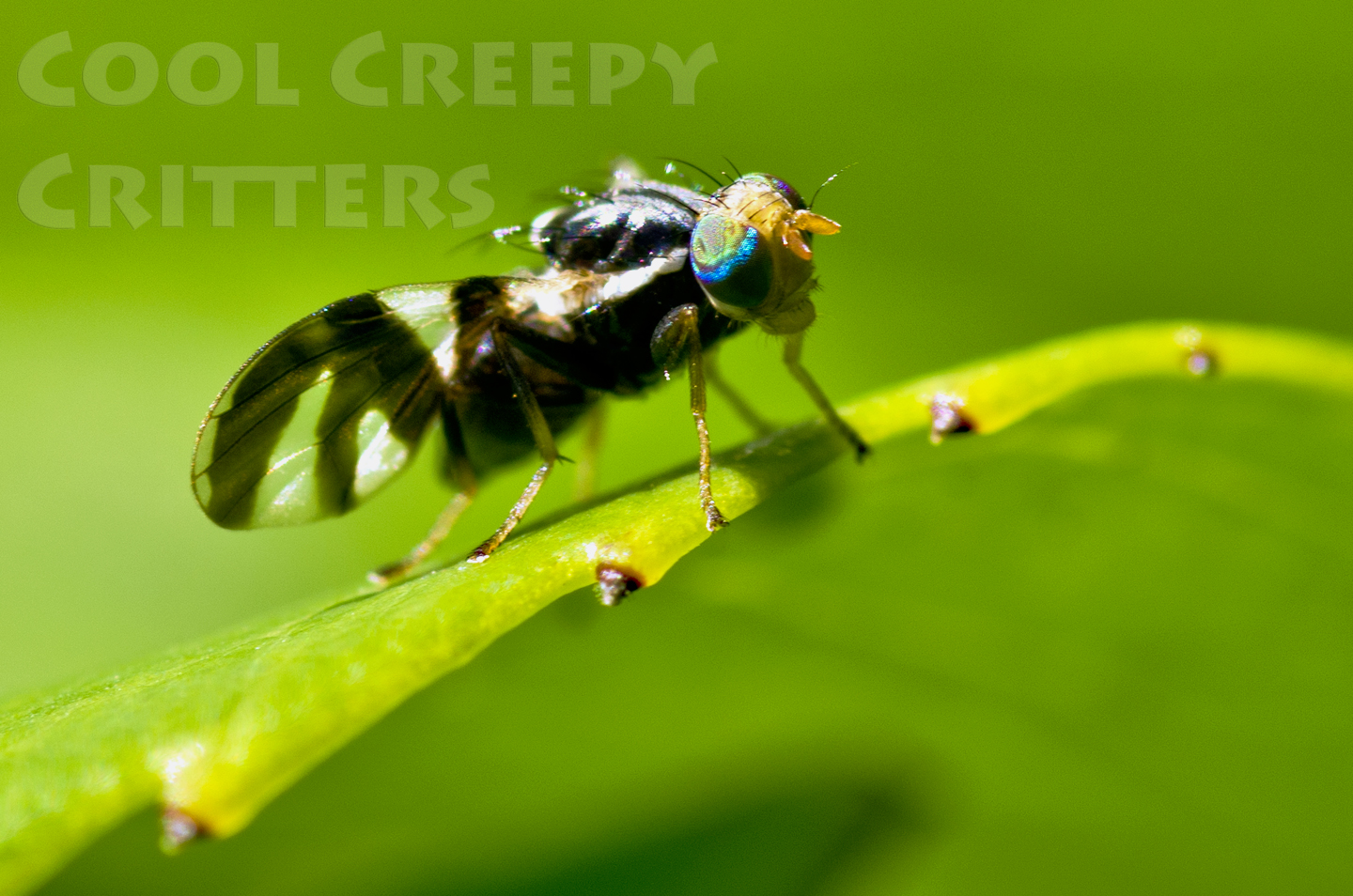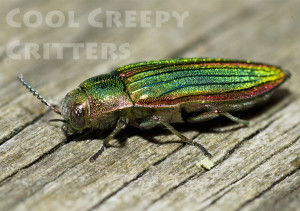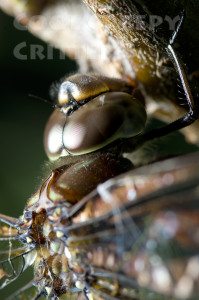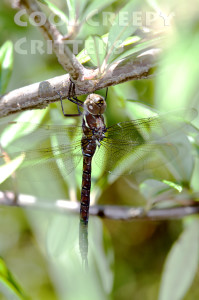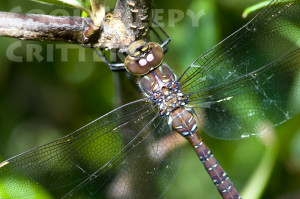Category: Insects
Why you Should Keep Some Dandelions in the Yard
Dandelions are the bane of the lawn enthusiasts existence. The beautiful green suburban pastures ruined with these hard to get rid of weeds. But are they really so bad? Or are they even good to have around? Here are a just few reasons why they are actually a good thing for your Garden and the critters that live in it.
Good for the Pollinators
During the early spring many of the pollinators favourite plants are still just getting started for the year. Dandelions however have usually made an appearance and provide much needed food and energy for emerging beneficial insects. One common and important one are Bumble Bee Queens who are out in often cool mornings looking to establish a nest. Dandelions can literally be the difference for the struggling Queens survival.
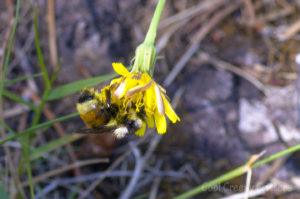
Helping Garden Predators
Wasps might not be as kindly looked on by people as bees are. They are more fearsome looking than a fuzzy Bumblebee and lets face it, they are a bit pushy when you are enjoying a meal outside, especially the Yellowjacket varsity. But these insects are immensely important for a healthy garden as they are top predators keeping insects who harm plants under control. While adult wasps feed primarily on carbohydrates, they do prey on other insects to feed their growing young. For many wasp, just as bees, Dandelions are an important food source when other sources are not available.
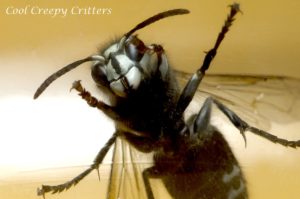
They are Actually Nice to Look At
We are mostly taught to hate weeds, but this has always perplexed me. The flowering Dandelions look very striking and can be a great addition to your garden. On top of that they do not require any maintenance, watering, or fertilizer. They are drought resistant, hardy and can grow almost anywhere. I am not suggesting turning your lawn into a sea of Dandelions but just consider if you need to remove them everywhere. There are many places in the yard where they make great bright yellow additions to the yard and many beneficial critters that will appreciate it.
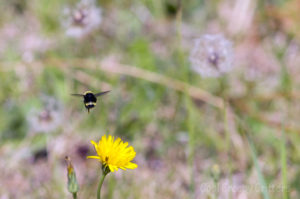
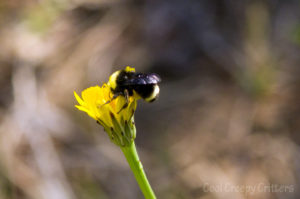
There are many reasons to like Dandelions and these are just a few. These plants are certainly helpful to people and much healthier to your yard than you might think. The Bee has come a long way in peoples appreciation. Maybe some of the less liked insects and plants will make there way there too.
The Tiny Twenty Plume Moths
This is the time of year a tiny moth starts to make its appearance around my garden. Alucitidae or Many plumed Moths are found primarily in Europe but in my parts (Vancouver Island) the one that is seen is the Twenty Plume Moth. These are considered “micromoths” and get their name due to their wing design. Unlike regular moths that have large scaled wings these plume moths have just that, feather like plumes that make up their wing set. In the case of the twenty plume moth there are again, as the name suggests approximately 20 of these plumes per wing.
These little moths are very small and have a wingspan of only around 14mm. Twenty Plume Moths are often found around the garden area with their wings spread out like little fans. Along with their small size and colouration they also tend to camouflage well into the bark of trees. This can make them a little difficult to spot sometimes. You might have better luck to notice them if they make their way into your home attracted to the light. I find a cup and paper the best way to scoop them up and set them free as they tend to flutter from the paper and land safely in the glass.
Even when spotted these tiny moths when viewed with the naked eye can be easy to overlook as just a small grey insect. But when you look close you really can see the amazing anatomy these creatures have evolved into. The pattern is quite striking and the design of the wings is really very impressive. So many of the small critters of our gardens get passed over but they really have a lot to offer if you take the time to look close. They can be some of the most beautiful and amazing cool creepy critters someone can come across.
Tiny #Moth resting on frosted glass in front of a sunset right before I helped it find its way back to the #garden #insect pic.twitter.com/I1SBpvgB1G
— CoolCreepyCritters (@CoolCcritters) September 6, 2017
Spider Living by a Wasp Nest Front Door
This could be the original odd couple . Back on July 1st I tweeted about this strange living relationship between this garden spider and this nest of wasps. These two species had been living seemingly peacefully for almost two weeks at the point of my first tweet.
This little #spider set up shop close to some rather formidable neighbours with this yellow jacket nest. But so far they seem to be coexisting peacefully for almost 2 weeks now. pic.twitter.com/OINvKKxbNp
— CoolCreepyCritters (@CoolCcritters) July 1, 2018
Several days later they were still apparently friendly
So far still being friends! @LocalWaspGuy pic.twitter.com/gwqFLGEzw9
— CoolCreepyCritters (@CoolCcritters) July 4, 2018
A few days ago I checked the location again and to my disappointment I did not see the spider. Yellow Jacket Wasps are powerful warriors and formidable predators. While as adults they tend to consume primarily carbohydrates with sugar rich foods like fruits and tree sap. However they do also collect meats which they feed to their young larva. Spiders in turn do sometimes prey on wasps if the spider is large enough and the wasp is adequately subdued in the spiders web.
This morning I decided to have another look, and low and behold , they are sill living side by side (see top image). The spider looks quite healthy and seems to have put on size since the first photos. It makes me wonder if the disappearance of the spider was perhaps due to it molting.
Both spiders and wasps are considered very beneficial to humans as both remove a large amount of pest insects and so are important for agriculture. Bees have gotten a lot of good press in recent years about how important they are in pollination and while this is great, many other species also deserve a more positive spotlight.
Robber Fly-The Overlooked Top Predator in the Garden
The other day I noticed a little blue Damselfly so went back inside and grabbed my camera. When I came back I found this impressive Robber Fly instead. It was probably good for the Damselfly that it had moved on with this character around as Damselflies are a known prey item of these amazing insects.
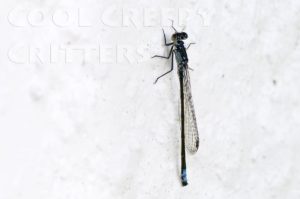
Asilidae often called Robber Flies or Assassin Flies are powerful predators who often lie in wait in hot sunny areas of the garden. I have noticed this location on sunny flat vegetation is a favorite spot to find them. Robber Flies are truly amazing creatures and I would suspect are overlooked by people but they are fascinating predators of the garden. If you are lucky enough to notice one in the garden there is no need to be alarmed. They are not aggressive or dangerous to people but that said they should not be handled as they can and will defend themselves with a painful bite if threatened. They generally will be sitting motionless scanning the surrounding area for a potential meal.
A Necessary Brute of the Sky
Like any healthy ecosystem top predators like the Robber Fly are necessary to maintain the balance and health of that ecosystem so they are an important part of the garden. Depending on the location some Robber Flies can be very colourful and some even mimic other species like bumblebees. Most Robber Flies are powerfully built and can take down larger prey even having been known to capture and consume other top predators like wasps and dragonflies. When prey is captured a saliva containing toxin is injected through a powerful piercing proboscis which both paralyzes the prey and at the same time liquefies its tissue. The prey can then be consumed similar to how a spider consumes its prey.

Robber Flies are definitely what I would call Cool and Creepy Critters.
First Run in with an Assassin Bug
I noticed this little Assassin Bug crawling up a door frame. At first I really didn’t realize what I was looking at. On closer look I spotted the fearsome proboscis tucked up under its body, which it uses to puncture and consume its prey. I definitely very cool critter.
Camouflage Master
It is hard to say when I am out with my camera just how many subjects I miss from them being hidden so well. So many species have adapted remarkable abilities to vanish into the background to avoid becoming lunch for something. This moth was a complete fluke to find and had I not stopped and searched the area I never would have noticed it blended into this cedar fence post.
Dun Skipper Feeding
Captured this little Dun Skipper feeding. These little guys are all over the garden late summer. I find them hard to get a good shot of as they always seem to take off at the moment of taking a picture.
Colourful Fly
Not sure what this fly is, I have yet to identify it. If anyone knows feel free to comment below. It was very small, the spot it is resting on is the edge of a holly leaf.

